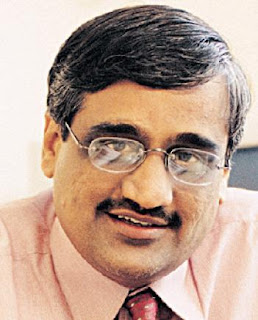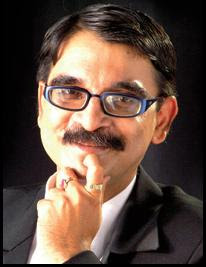 robustly for quite some time now and last year was no exception too. In 2006, the market in North America, which accounts for 45% of global pharmaceutical turnover, grew 8.3% to $290.1 billion, up from 5.4% the previous year. While the five major European markets - France, Germany, Italy, Spain and UK grew by 4.4% to reach $123.2 billion, sales in Latin America grew by 12.7% to $33.6 billion. Asia Pacific (excluding Japan) and Africa too grew at a steady pace of 10.5% to reach $66 billion. However, a price cut by the government forced the Japanese market to witness a marginal decline of 0.4% in its revenue from the previous year to $64 billion. Pharmaceutical sales in China also grew by 12.3% to $13.4 billion in 2006, but that surely was a steep decline, when compared with the 20.5% growth pace in the prior year (IMS Health).
robustly for quite some time now and last year was no exception too. In 2006, the market in North America, which accounts for 45% of global pharmaceutical turnover, grew 8.3% to $290.1 billion, up from 5.4% the previous year. While the five major European markets - France, Germany, Italy, Spain and UK grew by 4.4% to reach $123.2 billion, sales in Latin America grew by 12.7% to $33.6 billion. Asia Pacific (excluding Japan) and Africa too grew at a steady pace of 10.5% to reach $66 billion. However, a price cut by the government forced the Japanese market to witness a marginal decline of 0.4% in its revenue from the previous year to $64 billion. Pharmaceutical sales in China also grew by 12.3% to $13.4 billion in 2006, but that surely was a steep decline, when compared with the 20.5% growth pace in the prior year (IMS Health).Source: IIPM Editorial, 2006
An IIPM and Management Guru Prof. Arindam Chaudhuri's Initiative























